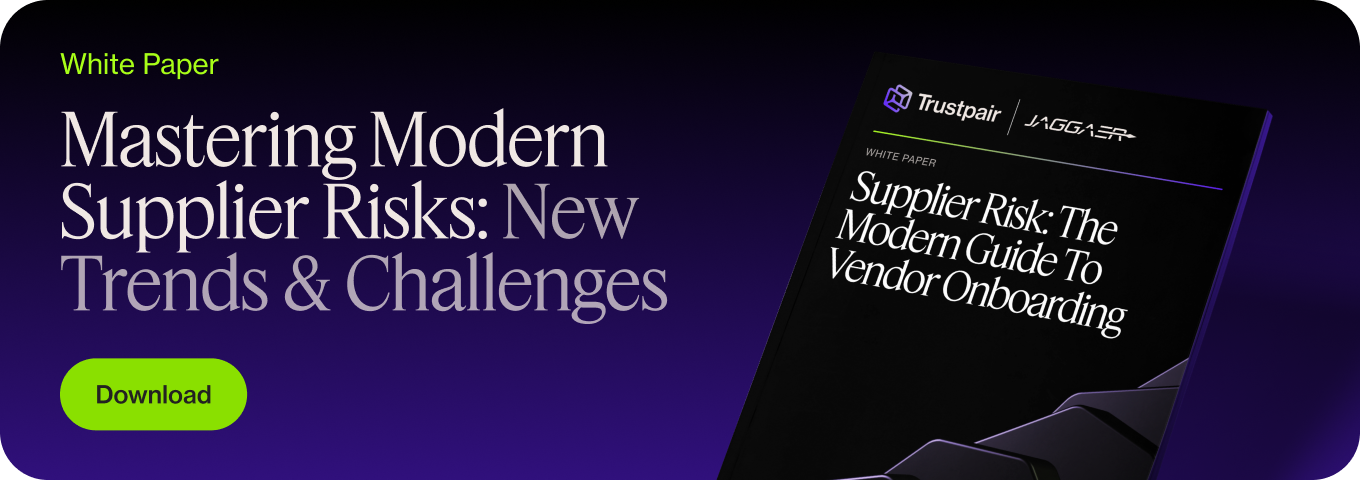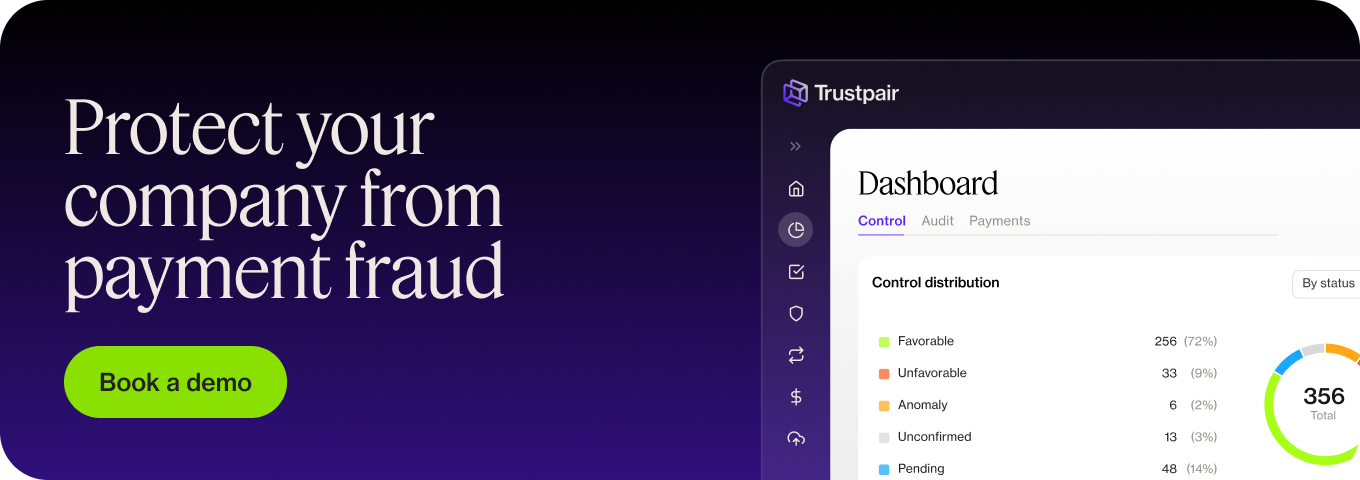In practice, risk management is an integral and relatively important part of the implementation of the corporate strategy. Its purpose is to isolate, prevent, and treat the various risks related to the activities performed by a company. They can come from several sources such as organization, human resources, or data.
The strategic goal of global risk management solutions is to avoid or reduce potential failures that could jeopardize the company’s health. As a result, risk management is done continuously, through constant vigilance, in order to remain mobile and responsive at all times.
Supplier risk management is a critical topic for businesses. Learn how to secure vendor onboarding for better risk management in our latest white paper!
What is risk management about?
To be clear, in an enterprise, a risk is the danger represented by an activity, structure or context. It is a fact, an action, or an event that is able to create damage to the business. As a result, the main challenge of enterprise risk management solutions is to avoid such potential damages by setting up a whole range of preventive actions to counter this type of harmful elements.
No company can systematically avoid all risks, and not all risks will necessarily have a negative outcome. Companies must assess the benefit/risk ratio of an event and define the acceptable level of risk. This assessment can then be used to make decisions.
Risk management consists of classifying risks according to their probability of occurrence and the severity of their potential impact and treating them by trying to limit them.
The benefits of effective risk management
No manager decides to open new markets, hire employees or launch a new product without “calculating” the risks. How will the competition react? Will this product reach the expected sales targets? Why then create a discipline of risk management? Maybe that’s because the decision-makers don’t always take that into account enough.
By reducing critical situations, risk management helps to preserve business continuity and, by leveraging, increase the availability of the company’s resources.
How to manage risks?
To properly implement a risk management strategy, business leaders use multiple methods such as :
- Anticipatory management: this involves anticipating the risks to come sufficiently in advance, by identifying their sources. This helps to better define and frame the response;
- Management by identification: this involves assessing the damage and consequences caused by the materialization of the risk, and putting in place measures to receive it structurally and financially;
- Risk reduction management: this involves using risk analysis to determine the potential impacts and the main factors to take into account when implementing preventive actions in order to better manage the realization of these risks.
Risks in the field of finance
In the financial world, risk management is the process of identifying, analyzing and accepting or mitigating uncertainty in investment decisions. Fraud risks, especially B2B payment fraud, can effectively hinder your business dramatically. In 2021, large companies reported losing around $20B in payment fraud. Trustpair solution can help you by alerting your financial team in real time whenever anomalies are detected.
Risk management is used extensively in the field of finance, but every business can be affected by these risks. Having an AI augmented engine to assess the risks that has proven effective will help any company tackle these frauds. Inadequate risk management can have serious consequences for businesses, individuals and the economy.
What tools for risk management?
Integrate risk management solutions within your company. Trustpair provides a third-party risk management platform that can help your Finance Team reduce its exposure to enterprise and operational risks, improve quality and reduce losses through better data management. This platform allows you to manage the risks related to third-party data in order to secure each step of the Procure-to-Pay process, and above all to B2B payment fraud… The features of business intelligence, exception management, and cybersecurity risk management solutions are typical of the risk management software.






